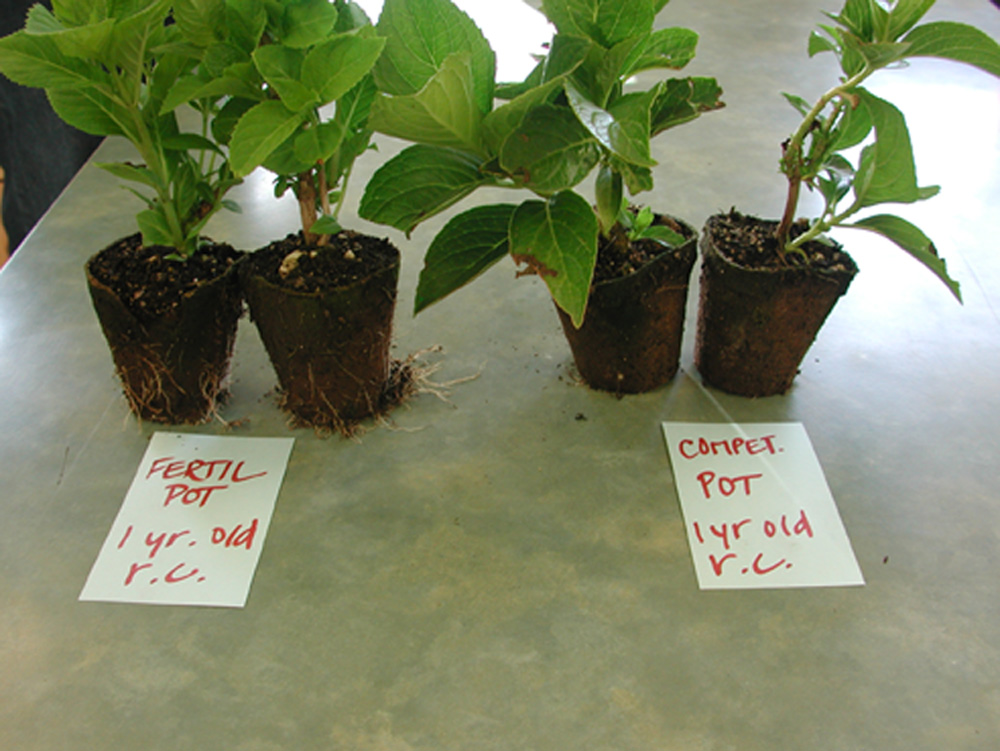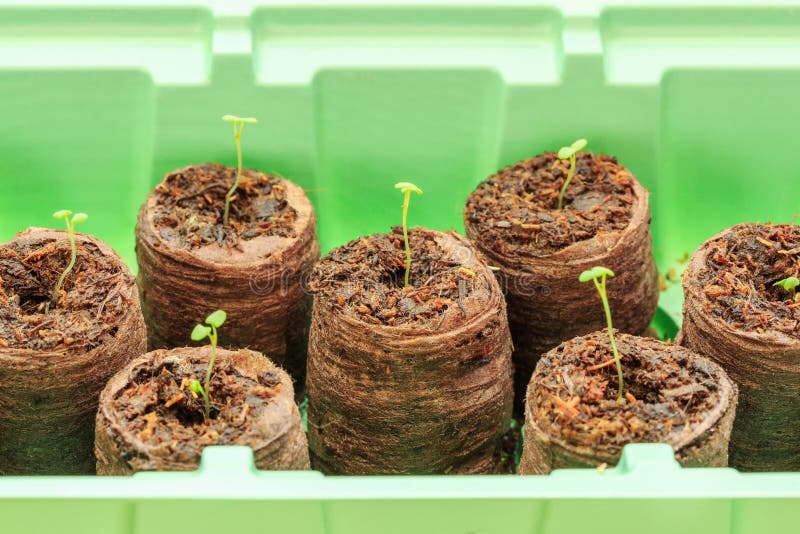

Transplanting from Pot to Soil in 10 Steps See our complete guide on hardened off plants. Dry air and spring breezes can result in rapid water loss. Keep the soil moist at all times during the hardening-off period.This will get them better accustomed to eventually living full-time outdoors.

TRANSPLANTING SEEDLINGS FROM PEAT PELLETS FULL
Then, 7 to 10 days before transplanting, set the seedlings outdoors in dappled shade that is protected from wind for a few hours each day, gradually increasing their exposure to full sun and windy conditions. Any seedlings or start plants that are coming from the indoors to the outdoors must go through a gradual transition or they’ll go through shock.

TRANSPLANTING SEEDLINGS FROM PEAT PELLETS HOW TO
See how to warm the soil for spring planting. Spread black plastic or landscaping fabric across the site to boost soil temperature a couple weeks before planting. Anything that raises the temperature of the soil will help plants adjust to the shock of the cold ground.Read more about preparing soil for planting. Work in plenty of organic matter to about a shovel’s depth to help the soil retain moisture, drain well, and allow easy penetration by seedling roots. Your garden soil may have become compacted over winter, so loosen and aerate the soil before planting. When the weather looks like it’s taking a turn for the better, start getting your garden ready for transplanting into the soil! If you start your plants from seed, it’s a good idea to keep track of when you start them and when you transplant them. If a serious cold snap is imminent, hold off on transplanting until temperatures are more agreeable. Keep an eye on local weather forecasts as you prepare for transplanting. Heat-loving plants shouldn’t be outside until nighttime temperatures remain consistently above 60☏ (15☌). → Check our Planting Calendar, which lists when to transplant each type of vegetable based on your local frost dates.ĭon’t rush it! Earlier isn’t necessarily better and cold temperatures will slow growth rates. The temperature of the soil is important, too! Others, like tomatoes and peppers, are warm-season crops and will be weakened by too-cool temperatures. Some plants, such as spinach, are cool-season crops, which means that they should be planted before outdoor temperatures get too warm. Keep in mind that some vegetables (and flowers) are NOT cut out for transplanting or being moved they are best and most easily sown by seed directly in the ground. Some gardeners start plants from seed indoors on their own to get a jump start on the season, especially if they live in a northern climate with a short growing season. Young plants started from seed at home.Some vegetable are challenging to start from seed (or take too long), so we rely on the nurseries to get them started. Examples are tomatoes, eggplant, and peppers. Small starter plants (called “transplants” or “starts”) purchased at the nursery.When we refer to “transplanting,” we mean the act of moving seedlings or small plants from their pots outside into the garden soil. The first big hurdle of the gardening season is making sure that your hard-grown seedlings continue to thrive outdoors! Here’s how to make sure that your plant seedlings transplant successfully.


 0 kommentar(er)
0 kommentar(er)
